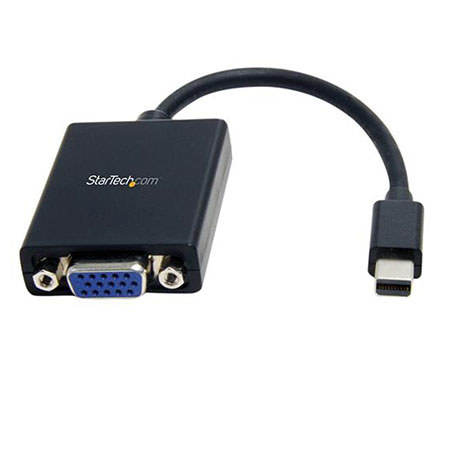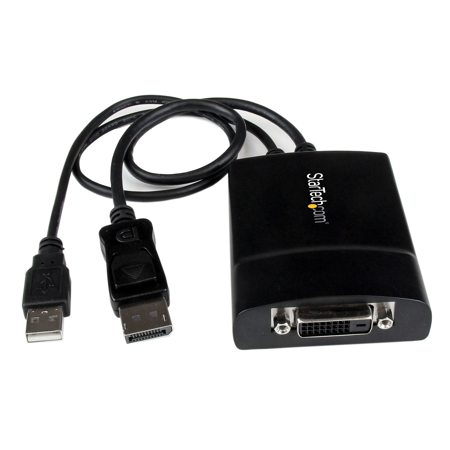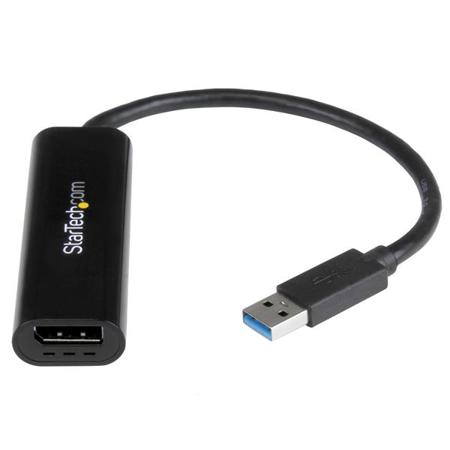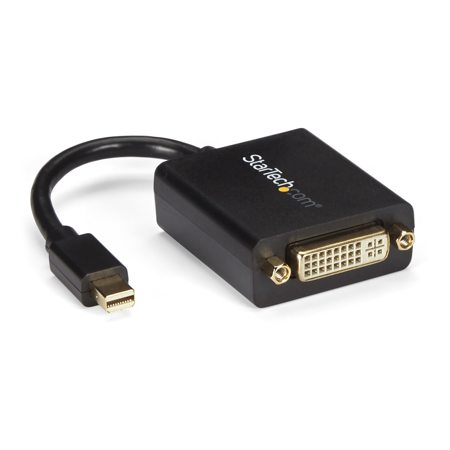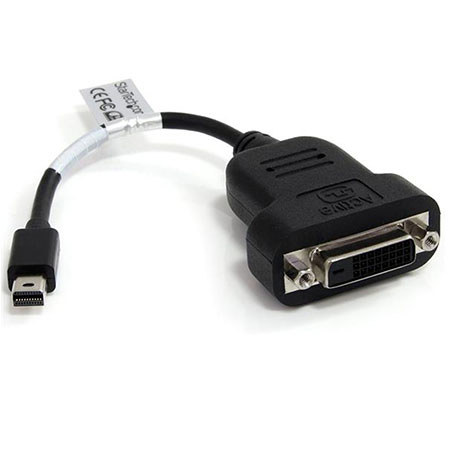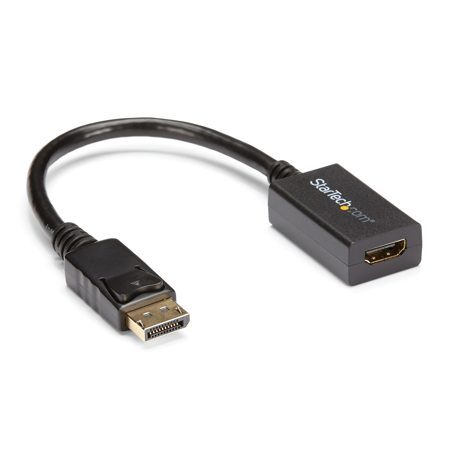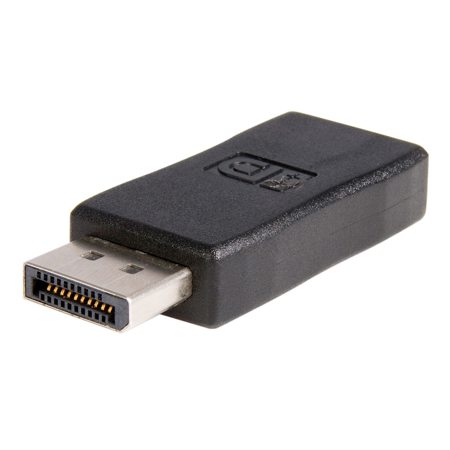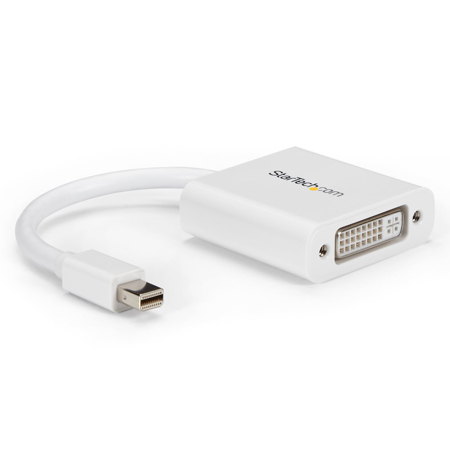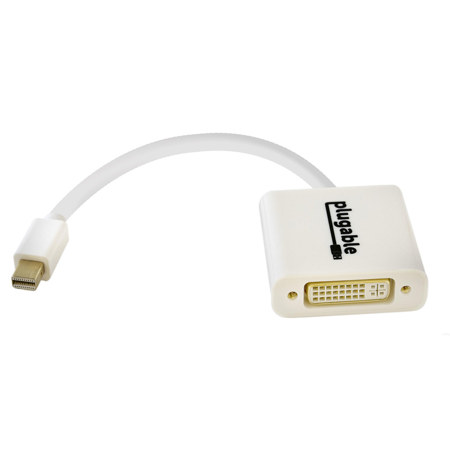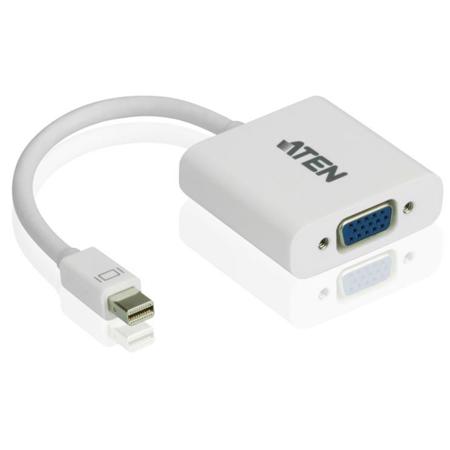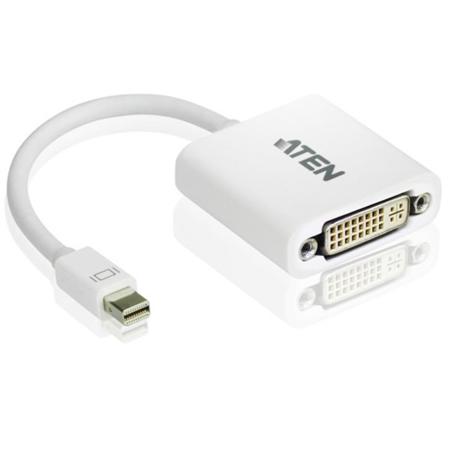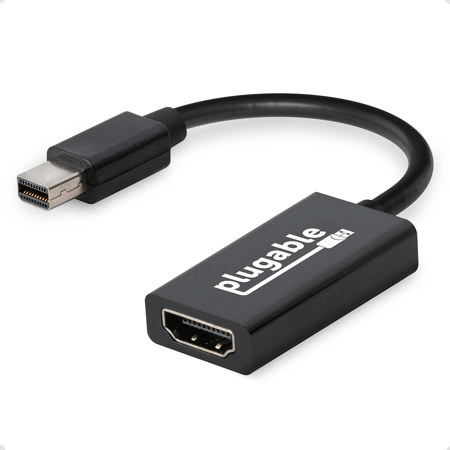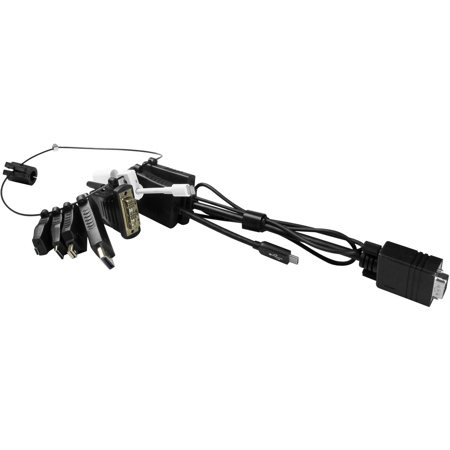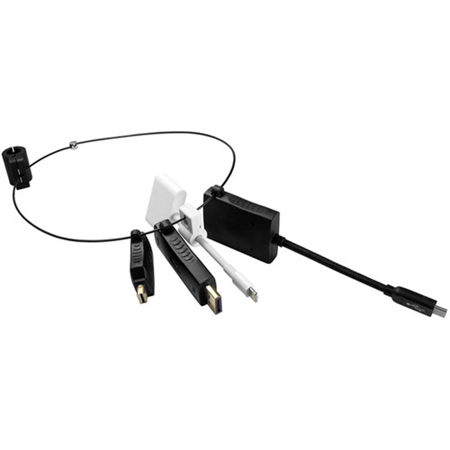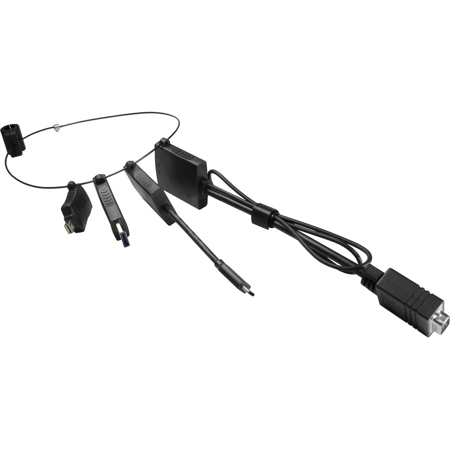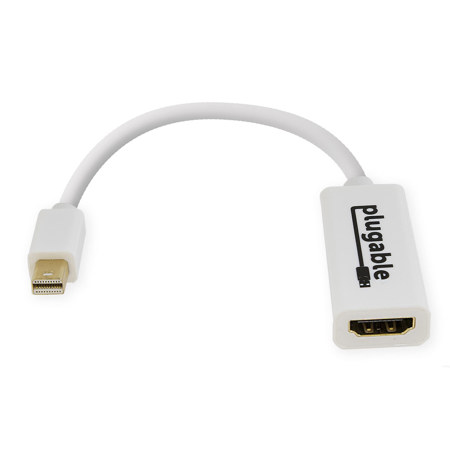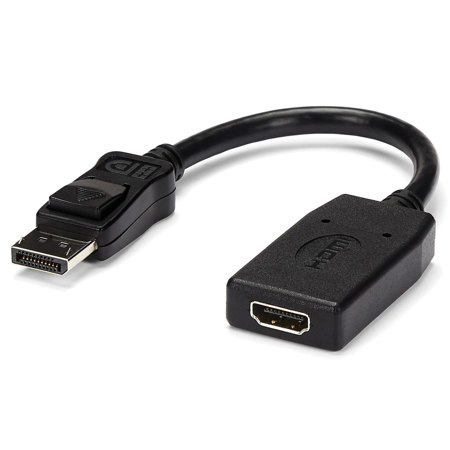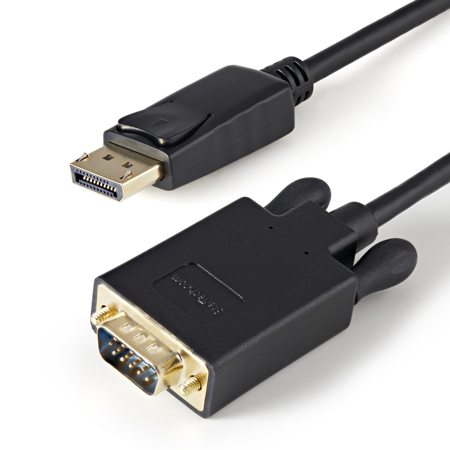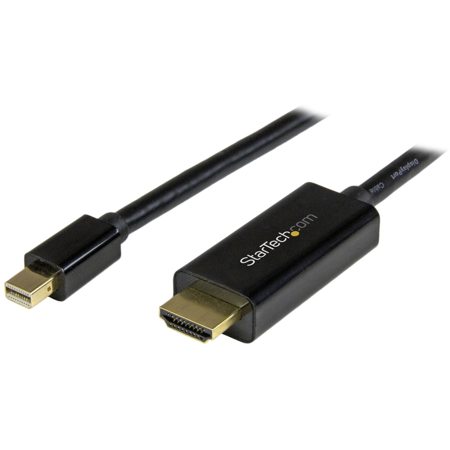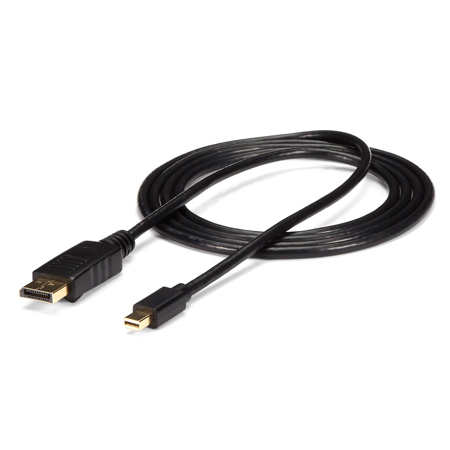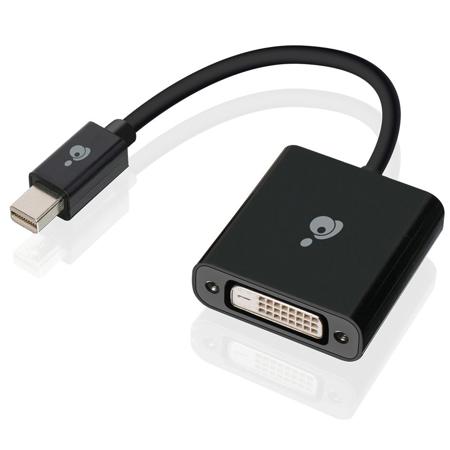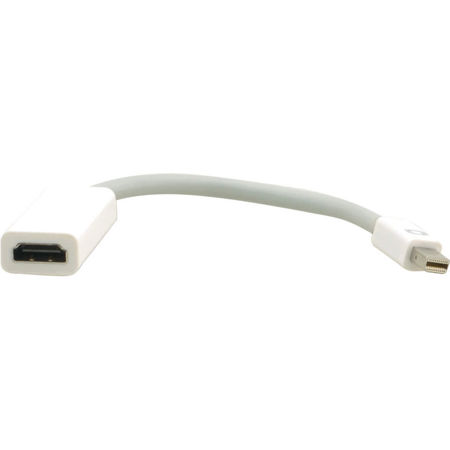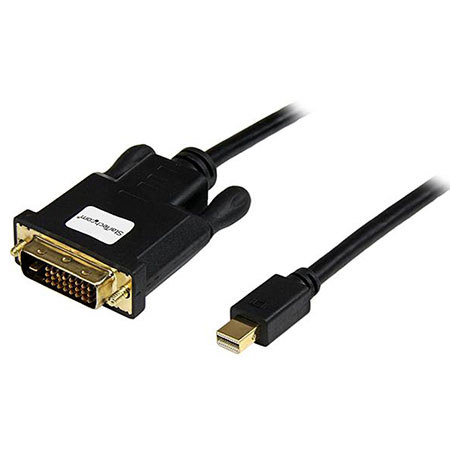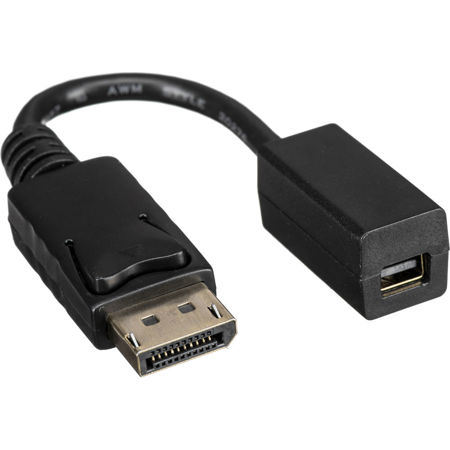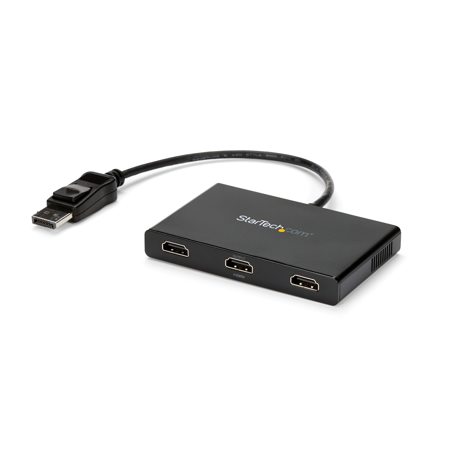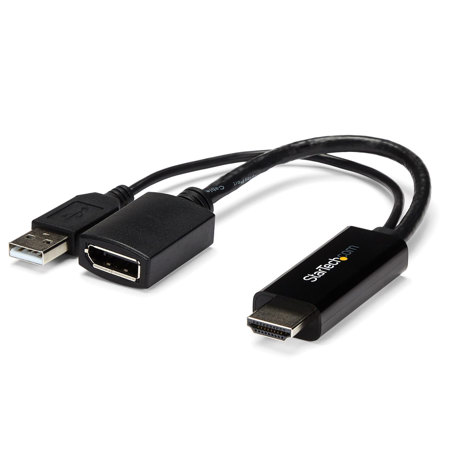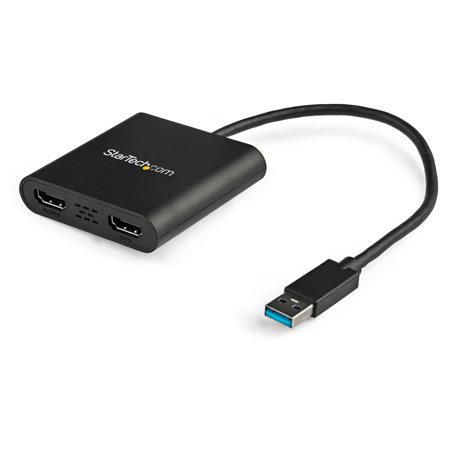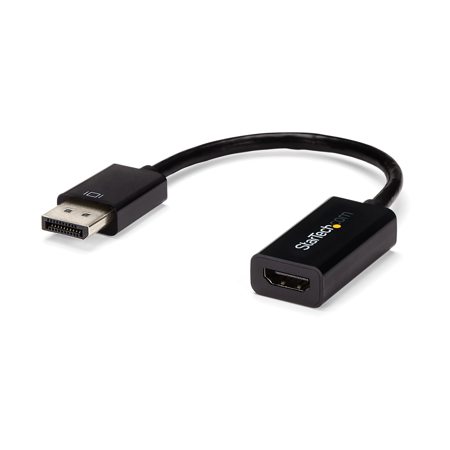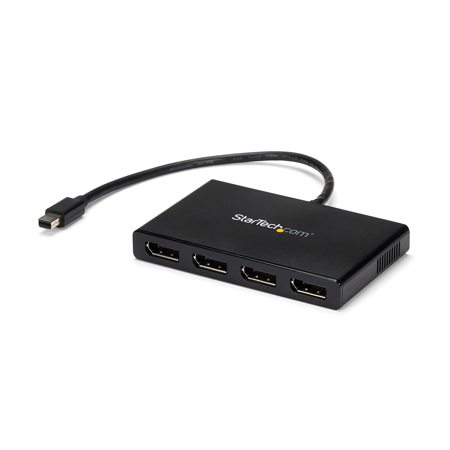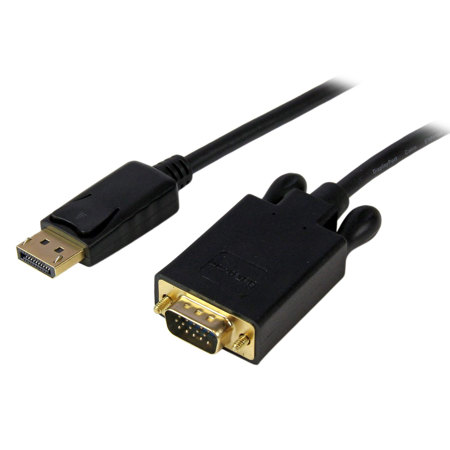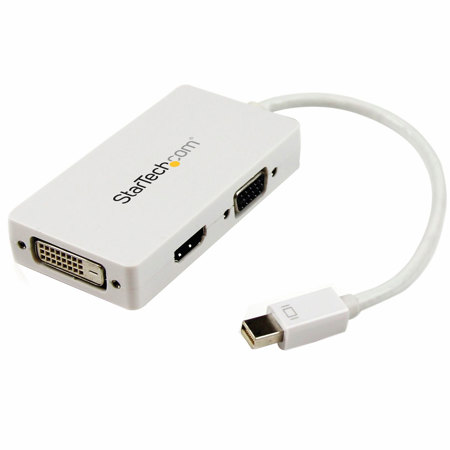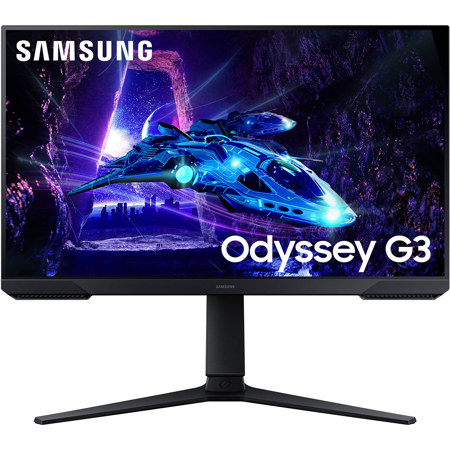DisplayPort Adapters
As technology evolves and workspaces become increasingly versatile, DisplayPort adapters have become indispensable tools for professionals and enthusiasts alike. Whether you’re outfitting a modern office, a creative studio, or a home entertainment setup, these adapters bridge the gap between new and legacy devices, ensuring seamless connectivity across a variety of displays. From graphic designers working with high-resolution monitors to gamers seeking the smoothest refresh rates, the need to connect DisplayPort-enabled devices to monitors, projectors, or TVs with different input options is more prevalent than ever. As winter sets in and the holiday season approaches, DisplayPort adapters also make thoughtful, practical gifts for students heading back to campus, remote workers upgrading their home offices, or tech-savvy friends who thrive on optimizing their setups. Imagine unwrapping a small, elegantly packaged adapter displayport during a family gathering, knowing it will bring clarity and efficiency to every presentation, gaming session, or creative project in the new year.
When selecting the right DisplayPort adapter, it’s important to consider both your current and future connectivity needs. Are you connecting a laptop to multiple external monitors for enhanced productivity, or do you need to link a desktop workstation to a projector for client presentations? The answer will help you determine whether you need a simple single-port adapter or a multi-port hub that supports a range of outputs like HDMI, DVI, or VGA. Pay close attention to compatibility, as not all adapters support the same resolutions or refresh rates—especially critical for photographers, video editors, and gamers who demand precise color accuracy and ultra-smooth visuals. Cable quality and build durability are also worth considering, particularly for those who travel frequently or set up temporary workstations. A sturdy adapter displayport can withstand repeated plugging and unplugging, ensuring reliable performance through the busiest seasons. For those integrating older monitors into a modern workflow, solutions like Displayport To DVI Adapters offer a straightforward way to extend the life of existing equipment without sacrificing image quality.
DisplayPort adapters are not just about convenience—they empower users to unlock the full potential of their devices. Educators can transform classrooms with interactive whiteboards and large displays; photographers and videographers can preview their work on calibrated monitors; and business professionals can deliver crisp, impactful presentations in any boardroom. Even casual users benefit, effortlessly connecting laptops to home theater systems for movie nights or streaming events during the cozy winter months. The right adapter displayport can make transitions between work and play seamless, supporting both productivity and leisure with equal ease. As you browse this curated selection, consider how these adapters might enhance your daily routines or serve as a practical, appreciated gift for someone special. With robust options designed to meet a wide array of needs, you’ll find solutions that keep you connected—no matter where your creativity or ambitions take you.
When selecting the right DisplayPort adapter, it’s important to consider both your current and future connectivity needs. Are you connecting a laptop to multiple external monitors for enhanced productivity, or do you need to link a desktop workstation to a projector for client presentations? The answer will help you determine whether you need a simple single-port adapter or a multi-port hub that supports a range of outputs like HDMI, DVI, or VGA. Pay close attention to compatibility, as not all adapters support the same resolutions or refresh rates—especially critical for photographers, video editors, and gamers who demand precise color accuracy and ultra-smooth visuals. Cable quality and build durability are also worth considering, particularly for those who travel frequently or set up temporary workstations. A sturdy adapter displayport can withstand repeated plugging and unplugging, ensuring reliable performance through the busiest seasons. For those integrating older monitors into a modern workflow, solutions like Displayport To DVI Adapters offer a straightforward way to extend the life of existing equipment without sacrificing image quality.
DisplayPort adapters are not just about convenience—they empower users to unlock the full potential of their devices. Educators can transform classrooms with interactive whiteboards and large displays; photographers and videographers can preview their work on calibrated monitors; and business professionals can deliver crisp, impactful presentations in any boardroom. Even casual users benefit, effortlessly connecting laptops to home theater systems for movie nights or streaming events during the cozy winter months. The right adapter displayport can make transitions between work and play seamless, supporting both productivity and leisure with equal ease. As you browse this curated selection, consider how these adapters might enhance your daily routines or serve as a practical, appreciated gift for someone special. With robust options designed to meet a wide array of needs, you’ll find solutions that keep you connected—no matter where your creativity or ambitions take you.
